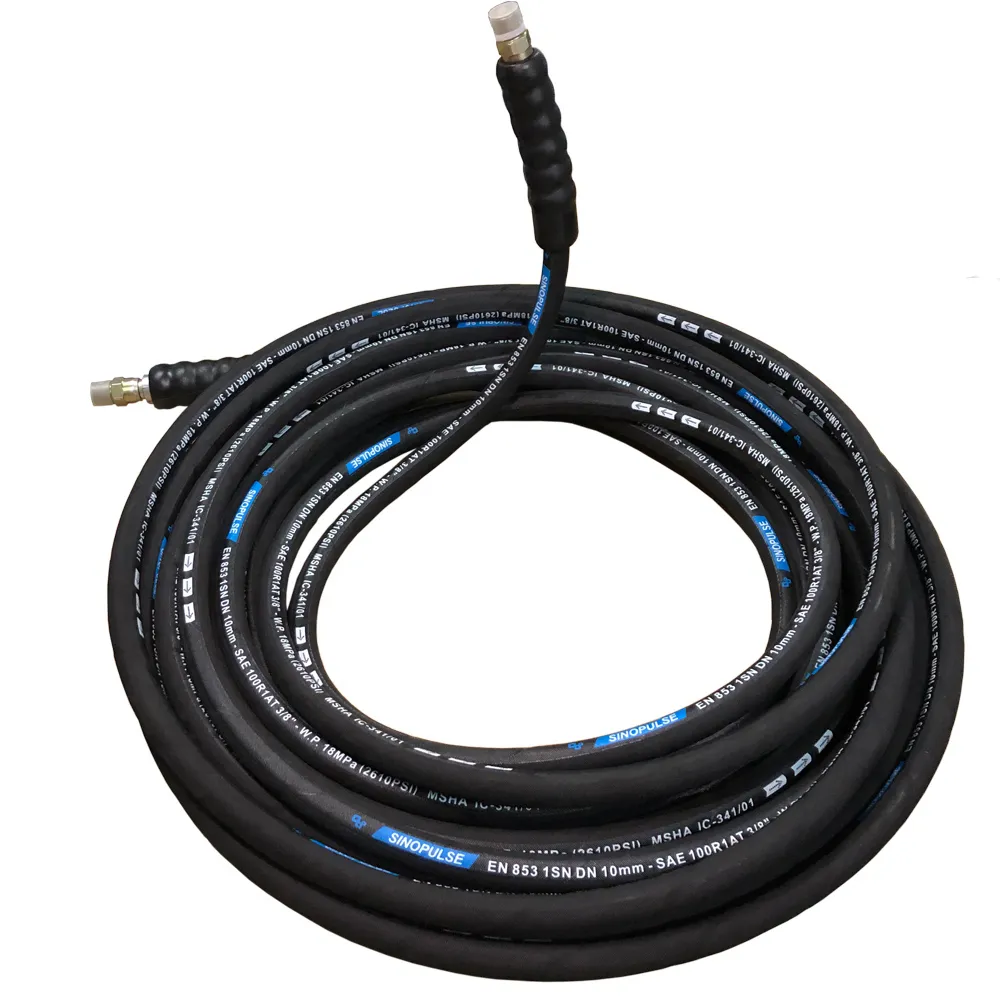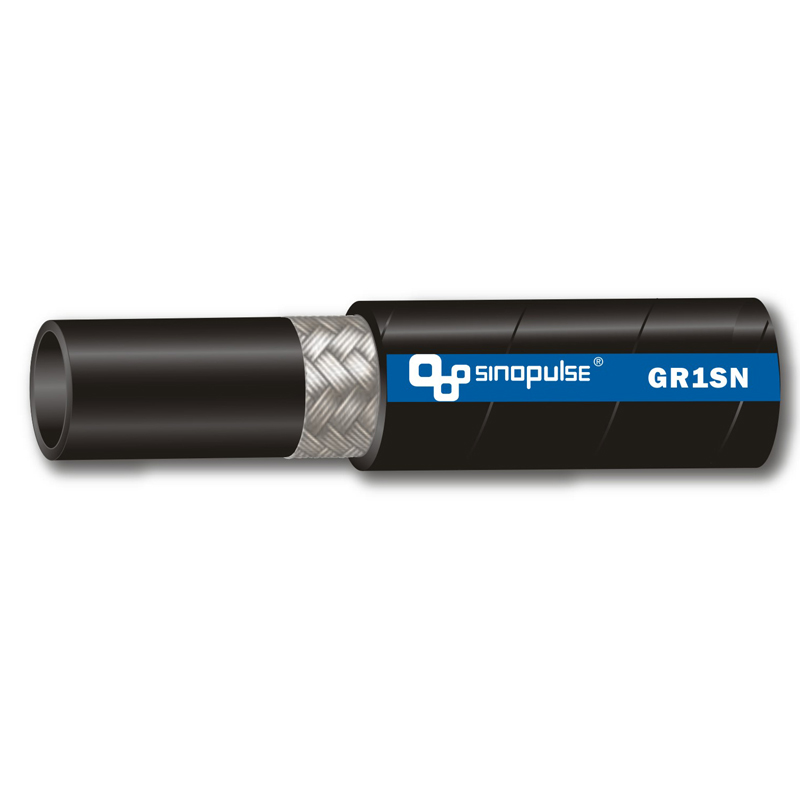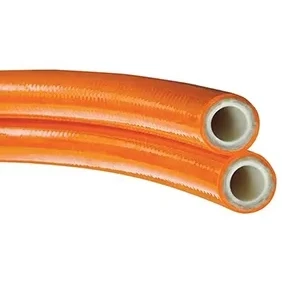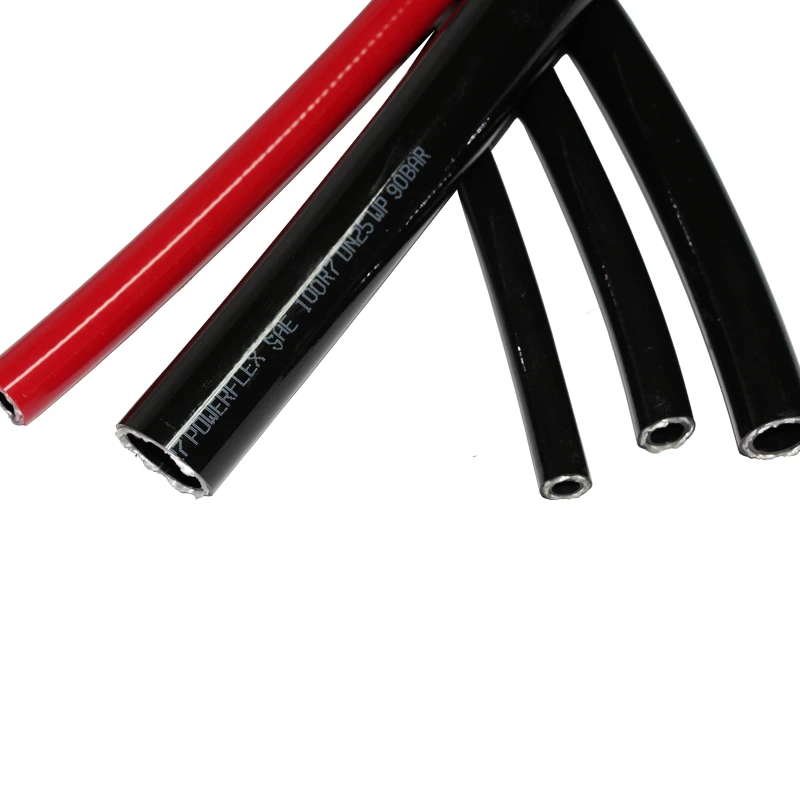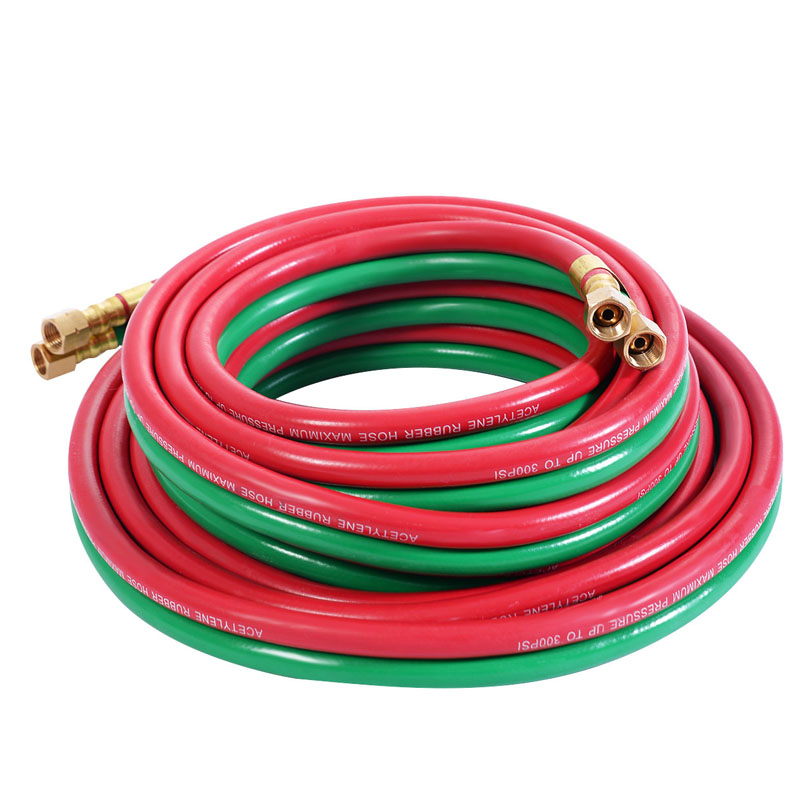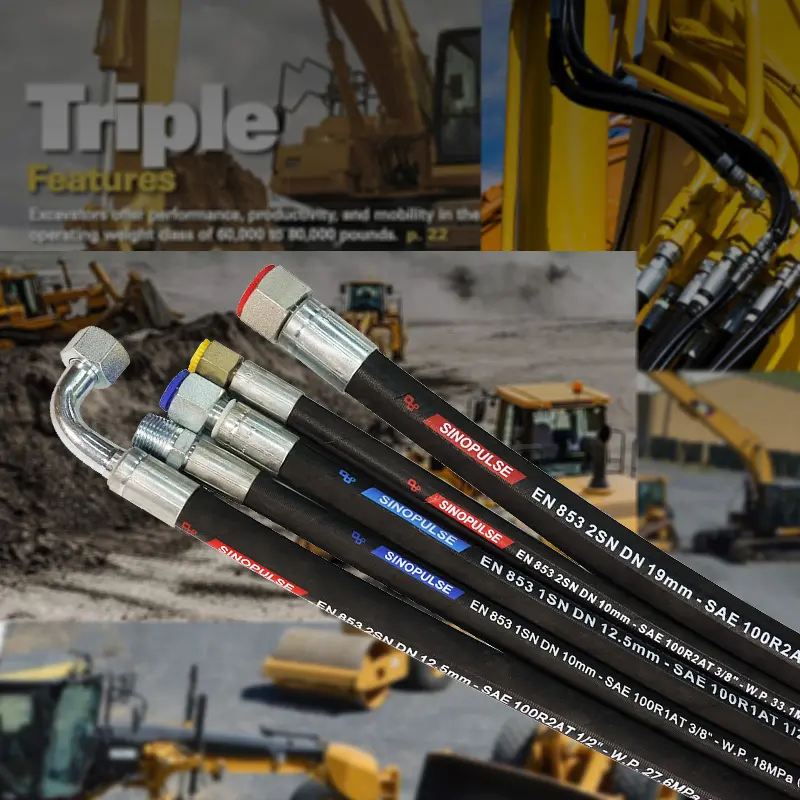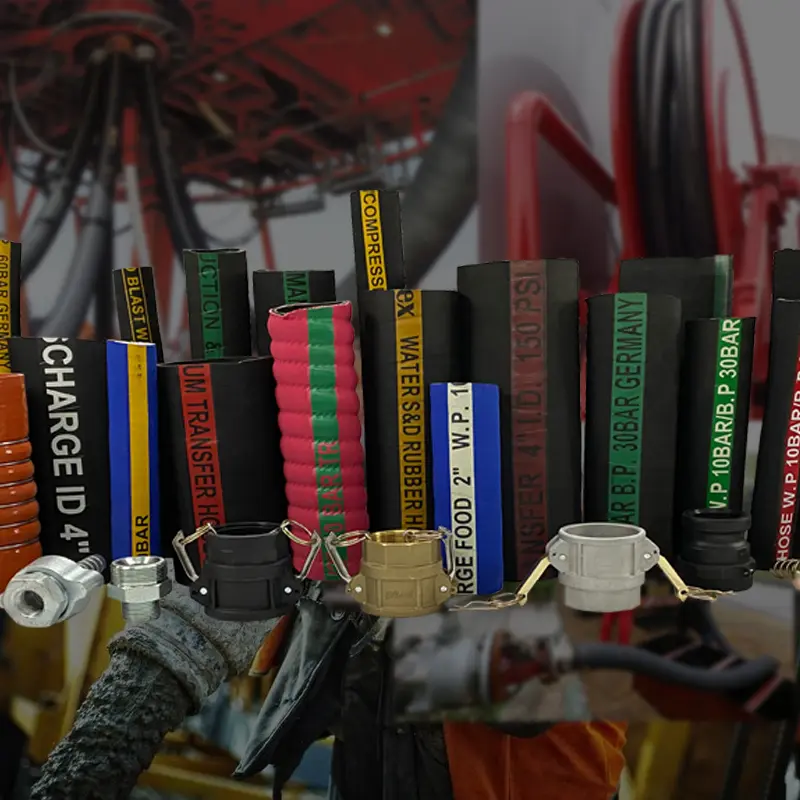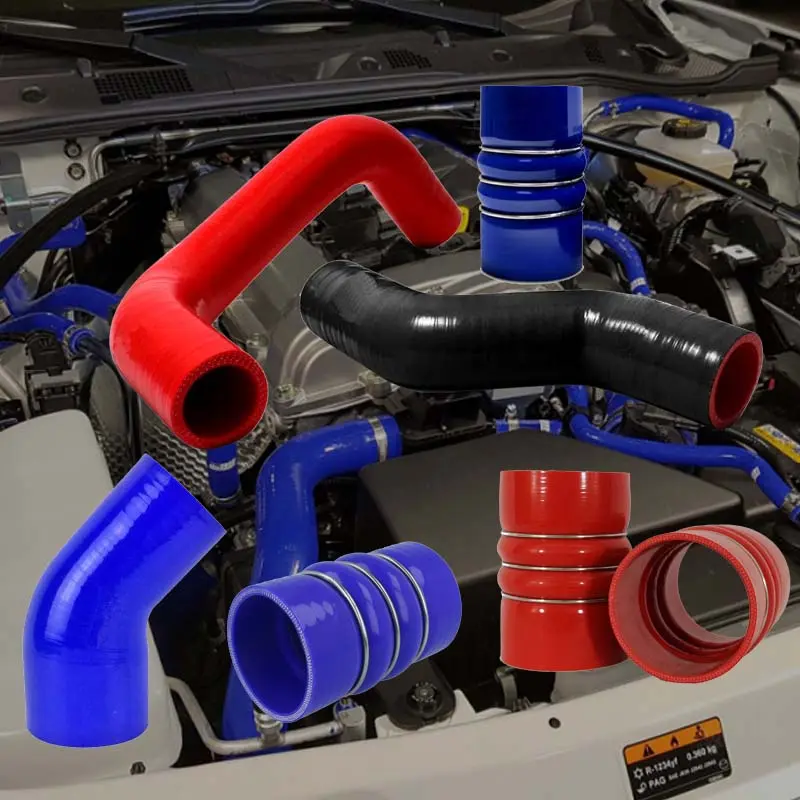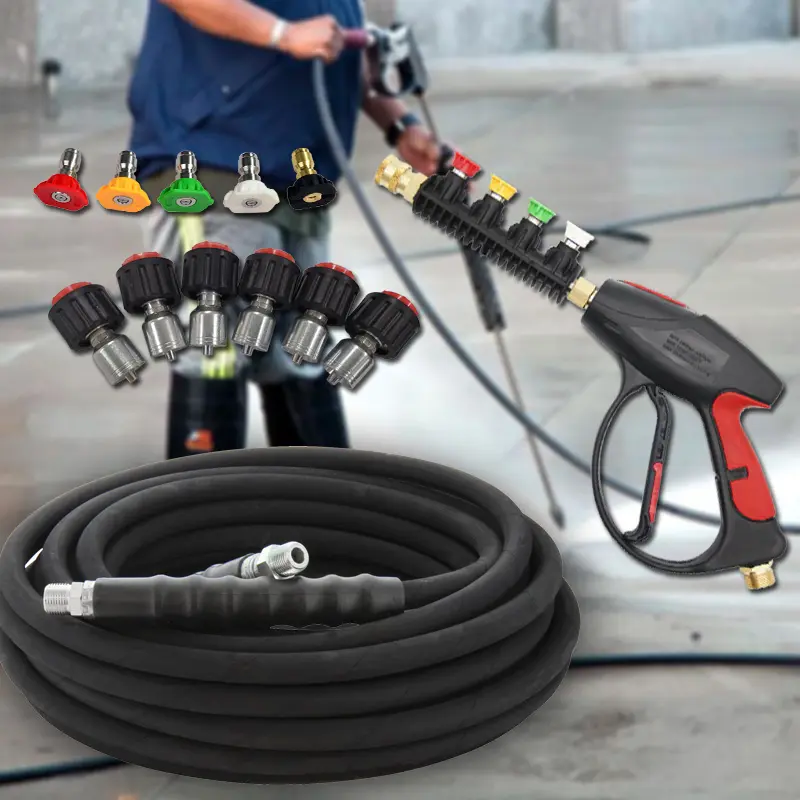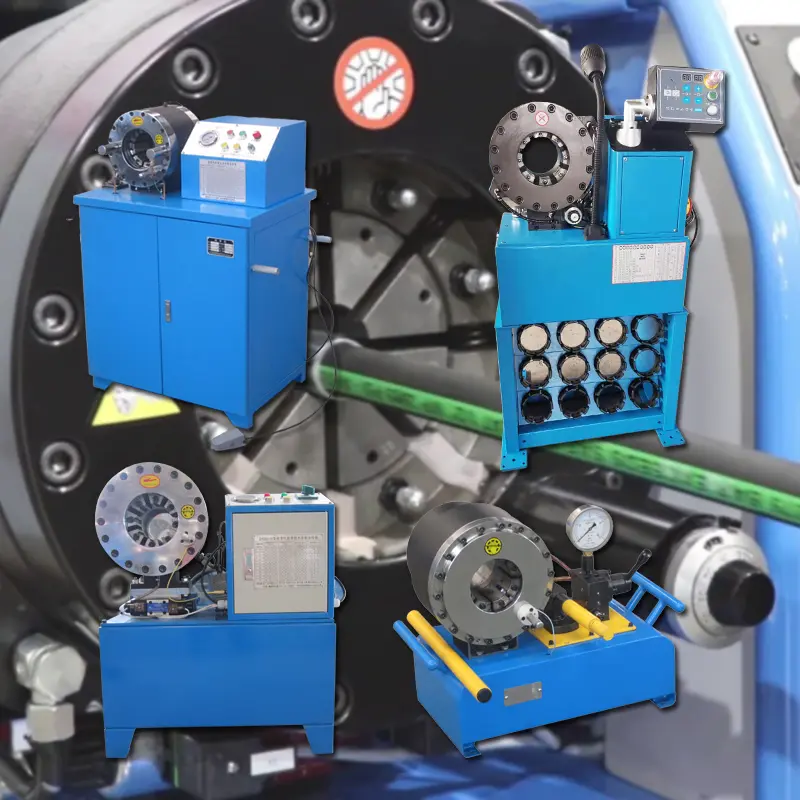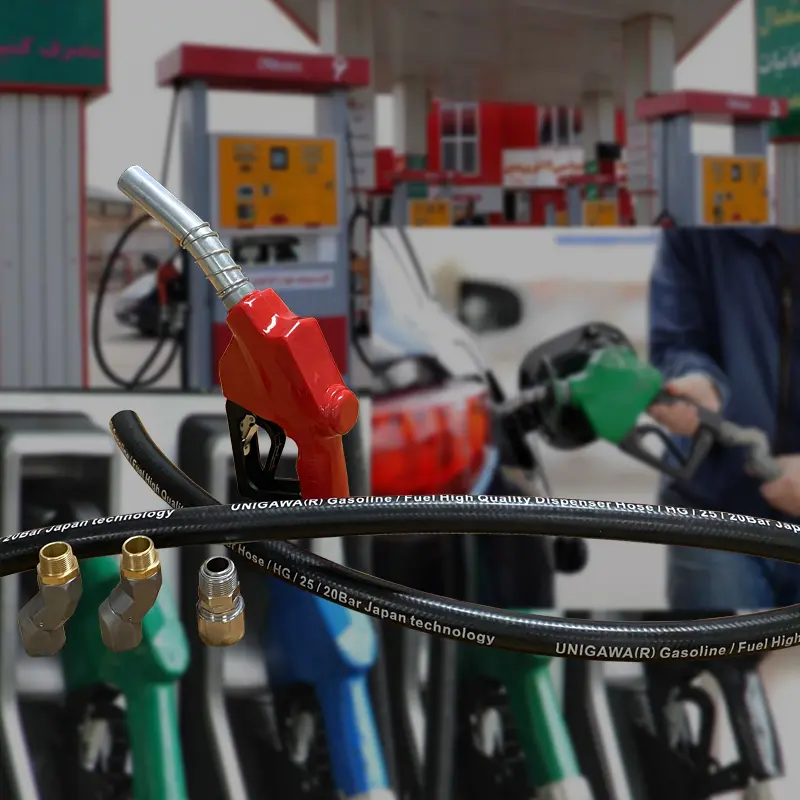PTFE Hose for Power Steering An Essential Component in Automotive Performance
Power steering systems have revolutionized vehicle handling, enhancing maneuverability and reducing driver fatigue. Among the myriad components that contribute to a power steering system's efficiency and effectiveness, the hose used to transfer hydraulic fluid is of paramount importance. With advancements in materials and technologies, PTFE (Polytetrafluoroethylene) hoses have gained significant traction in automotive applications, particularly in power steering systems. This article explores the benefits, applications, and reasons behind the increasing popularity of PTFE hose in power steering setups.
Understanding PTFE Hoses
PTFE is a synthetic fluoropolymer of tetrafluoroethylene that is widely known for its exceptional chemical resistance and low friction properties. While PTFE itself is a solid material, it can be manufactured into flexible hoses that withstand extreme conditions. A PTFE hose typically consists of a PTFE inner lining and may be reinforced with braided materials such as stainless steel or carbon fiber, enhancing its strength and durability.
Advantages of PTFE Hoses in Power Steering
1. Chemical Resistance One of the significant advantages of PTFE hoses is their ability to resist a wide range of chemicals and fluids. The hydraulic fluids used in power steering systems can vary, and PTFE hoses ensure that the hose remains intact and functional even when exposed to harsh substances. This resistance to degradation extends the lifecycle of the power steering system.
2. Temperature Tolerance Automotive applications often involve exposure to extreme temperatures. PTFE has a high melting point, making it suitable for applications that may experience high thermal loads. This property ensures that PTFE hoses maintain their integrity and performance, even in challenging environmental conditions.
3. Flexibility and Low Friction The low coefficient of friction of PTFE allows for smooth fluid transfer within the hose. This characteristic directly impacts the efficiency of the power steering system, allowing for quicker response times when the driver turns the steering wheel. Furthermore, PTFE hoses are highly flexible, enabling easy routing in tight spaces typically found in vehicle engines.
ptfe hose for power steering
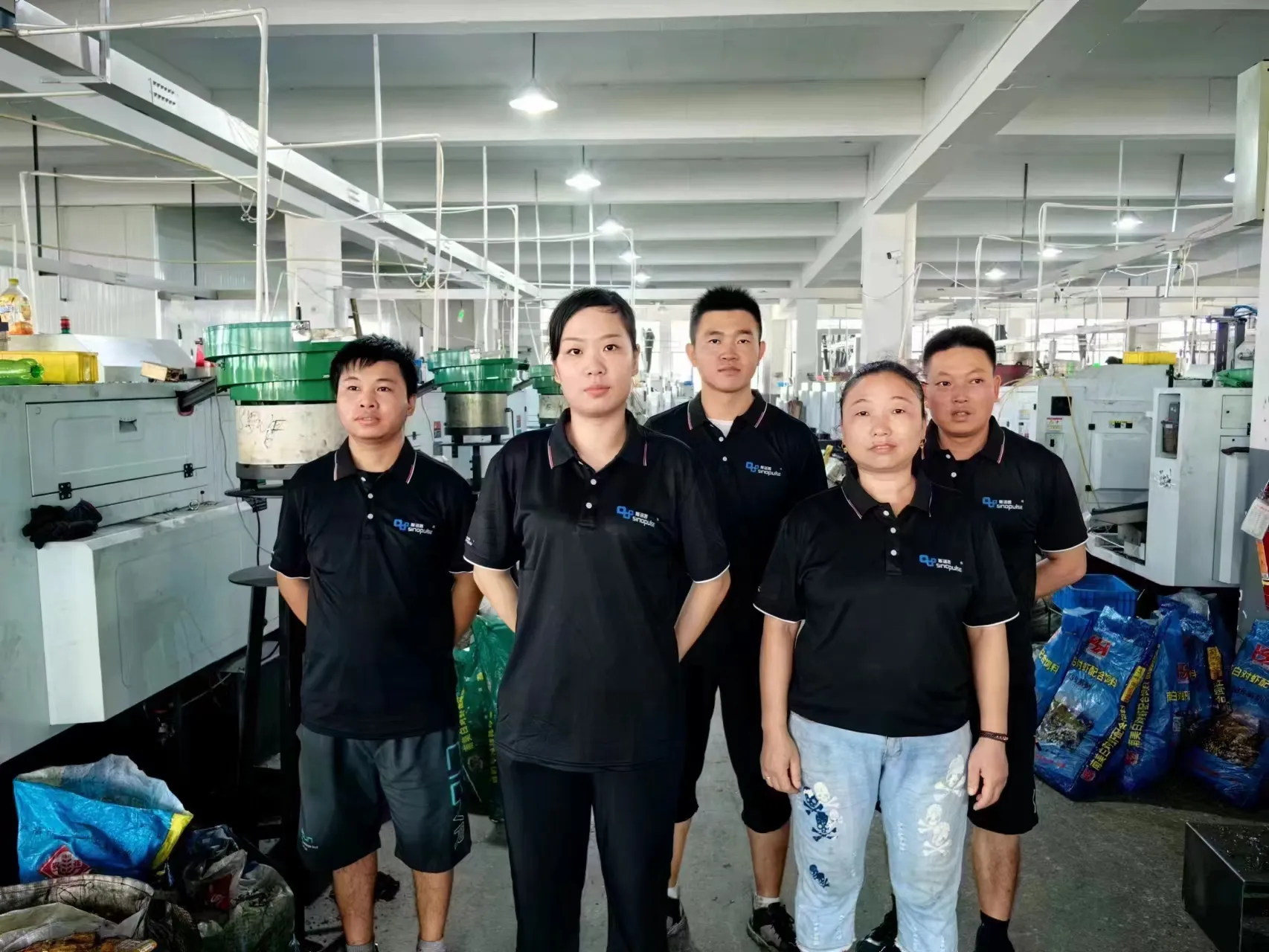
4. Lightweight PTFE hoses are lightweight compared to traditional rubber or metal hoses. This can contribute to an overall reduction in vehicle weight, improving fuel efficiency and performance metrics.
5. Durability and Longevity The robust nature of PTFE hoses means they can withstand high pressures without bursting or leaking. This durability not only enhances safety but also reduces maintenance frequency, saving time and costs for vehicle owners.
Applications Beyond Power Steering
While PTFE hoses are increasingly recognized for their benefits in power steering systems, their applications extend to various automotive facets. They can be found in brake systems, transmission lines, fuel lines, and even in high-performance racing circuits. The versatility of PTFE hoses makes them a popular choice among automotive engineers seeking reliable and efficient fluid transfer solutions.
Challenges and Considerations
Despite the numerous advantages, there are some challenges associated with PTFE hoses. They can be more expensive than traditional rubber hoses, which may deter some budget-conscious consumers. Additionally, the installation process can be more complicated due to their rigidity and the requirement for specialized fittings.
Conclusion
In summary, PTFE hoses are becoming an invaluable component in power steering systems and broader automotive applications. Their unmatched chemical resistance, temperature tolerance, flexibility, lightweight nature, and durability make them a superior choice for manufacturers and drivers alike. As the automotive industry continues to prioritize performance, safety, and efficiency, it is likely that we will see an increased adoption of PTFE hoses across various functions. Adopting this technology can lead to enhanced vehicle performance and longevity, ultimately transforming the driving experience for all.
Product Application









